Discover the ecological importance of a pond in your garden and the multiple benefits it offers to the environment. In this article, we’ll explore the benefits of a pond for your vegetable garden. We’ll share practical tips on how tomaintain a pond, contributing to the richness of your environment by promoting wildlife while providing a healthy, relaxing space.
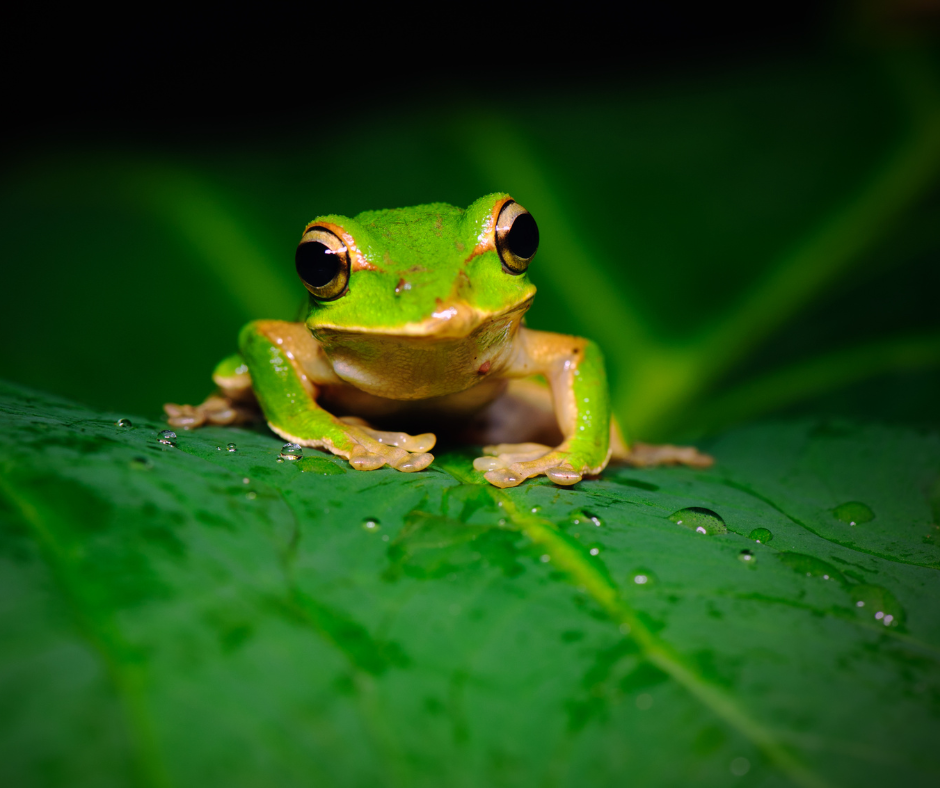
Ponds, a pillar of biodiversity
Creating a pond in your garden offers significant ecological benefits. A well-planned pond becomes a welcoming habitat for hundreds of different species, on land, in water and even in the air. Although frogs, toads, dragonflies, spiders and crustaceans are often the first animals associated with ponds, it’s essential to emphasize the diversity of potential inhabitants.
Creatures such as newts, dytics, salamanders, water bees and worms are an integral part of this aquatic ecosystem. In addition to the aquatic inhabitants, certainbird species, such as chickadees, ducks and herons, find the pond a source of water to drink. Mammals such as polecats, muskrats, deer and foxes can also be attracted to this natural water source.
By creating a pond in your garden, you can promote local biodiversity by providing a breeding ground, refuge and larder for numerous species.
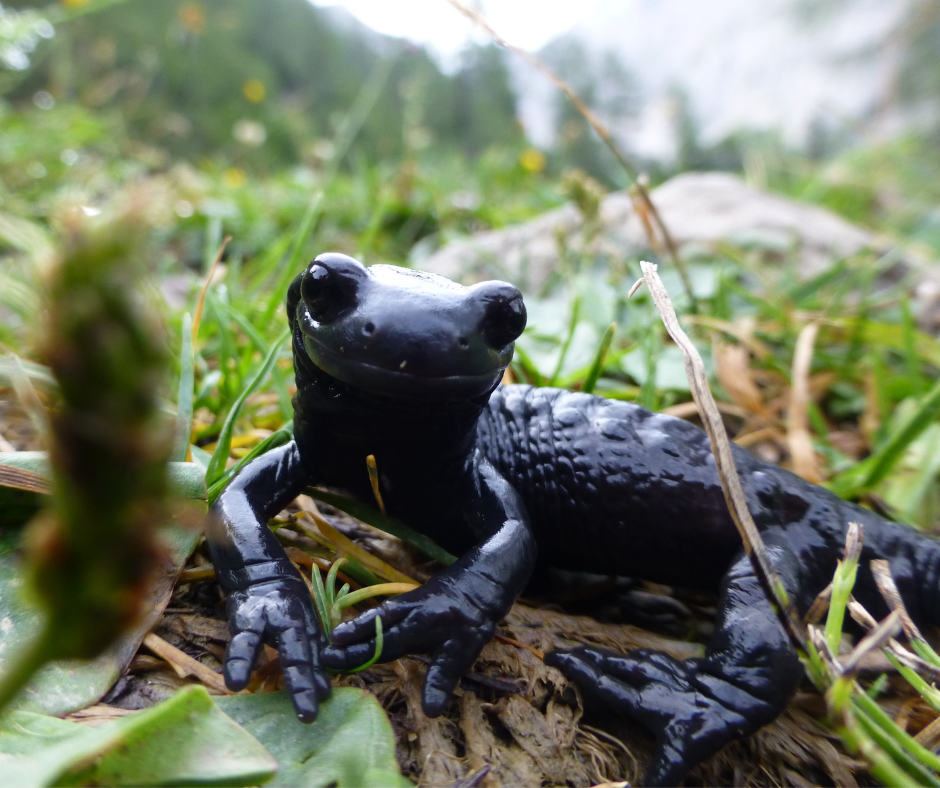
Ponds: a gardener’s precious ally
Creation of biomass for mulch or compost
When you maintain your pond, you can recover and compost certain plants and sediments, which represent a valuable source of biomass for vegetable garden fertility. (Plants for composting or mulching).
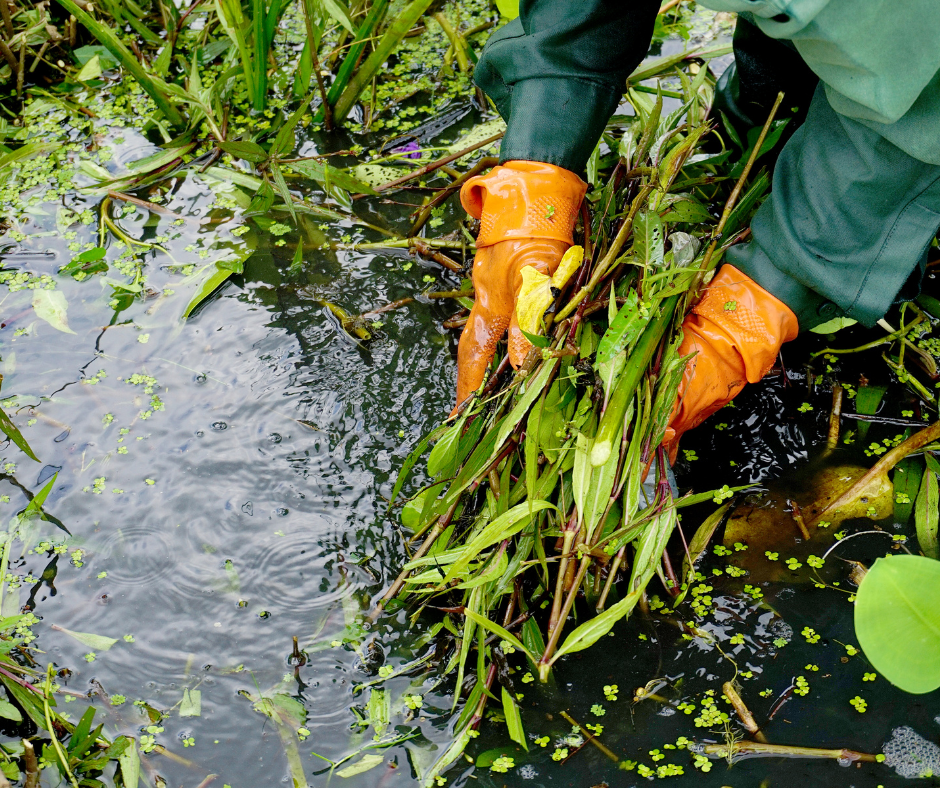
Edible algae
You can also grow your own edible aquatic plants in your pond:

- Water mint(Mentha aquatica): Its intense peppermint flavor makes it an invaluable herb for enhancing sauces, drinks, garnishes and more. The leaves can be eaten dried or raw.
- Watercress (Nasturtium officinale). U A real treasure trove of goodness, it can be used in salads, soups or sauces. Consumed for centuries for its powerful flavor and spicy, fresh taste, it is very rich in vitamin C and mineral salts.
- White water lily(Nymphaea alba L). Stems, rhizomes and seeds are edible and have astringent, calming and sedative properties.
- Water potato (Sagittaria latifolia). The edible part of the plant is found in the roots, called tubers, as well as in the base of the stems. The tuber has a texture similar to that of a potato and tastes like a sweet chestnut. It is delicious baked or roasted. It is recommended to peel the tuber after cooking. The tuber can also be dried to make flour, ideal for making bread by mixing with cereals.
- Vietnamese coriander (Persicaria Odorata). With a distinctly lemony, fresher taste than classic coriander, Vietnamese Coriander naturally excels in Asian dishes and soups. It can be used in place of ordinary coriander, bringing a lighter, more Asian flavor to dishes. It goes perfectly with tomatoes, whether in salads or sauces, as well as red meats.
- Yellow water lily(Nuphar luteum) The flowers can be used in pleasant, refreshing water-based drinks. The seeds can be made into a flour that can be used in many dishes. The seeds of harvested plants can also be boiled in water and eaten. The root is consumed as a tea or decoction.
A 5-star hotel for auxiliaries
Ponds, often neglected in our green spaces, turn out to be real treasures for any gardener concerned with maintaining the natural balance in his vegetable garden. A simple principle emerges: more ponds in your garden means fewer slugs. Having a body of water in your garden attracts local frogs and toads. These amphibians play a crucial role in feasting on the slugs that can otherwise ravage your crops. The combination of frogs’ attraction to ponds and the creation of an environment conducive to beneficials results in a balanced ecosystem, promoting harmonious coexistence.
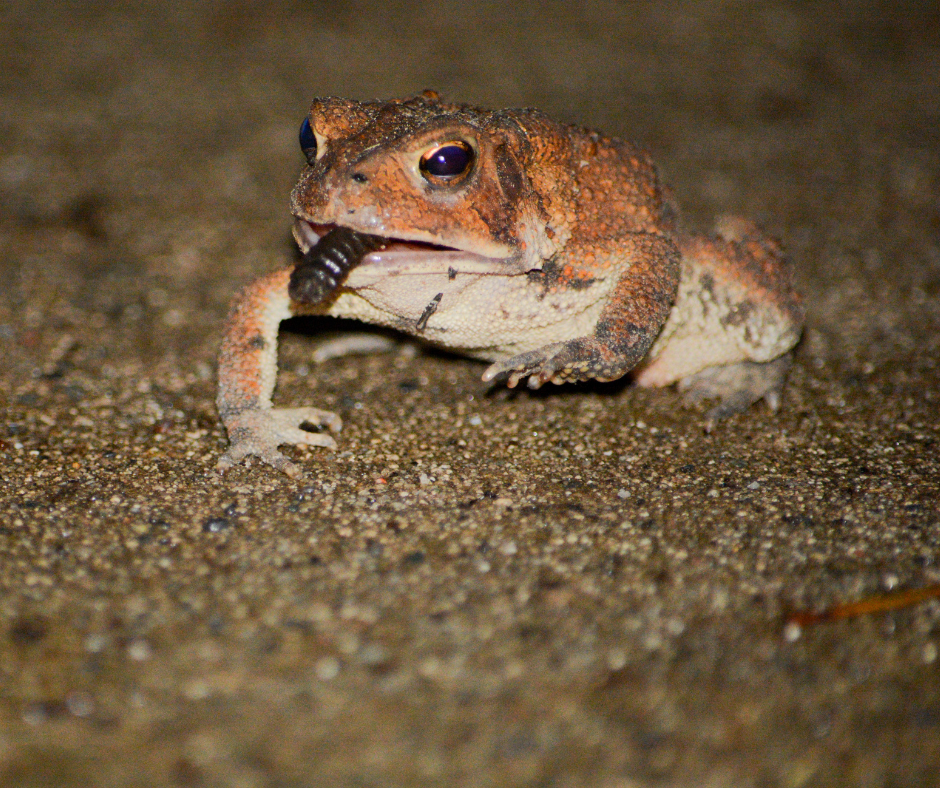
These ponds create oases that are home to a diversity of beneficial insects. Their presence promotes a natural balance, encouraging the life of useful insects that help maintain the health of your garden. This provides a genuine biological control, attracting ladybugs, for example, to feast on the aphids that have settled on your young plants.
However, the presence of a pond calls for particular vigilance. Ponds become natural watering holes for bees, wasps and birds. Preventing the risk of drowning is crucial. Simple devices, such as adding wood, railings or gravel, can be added to guarantee the safety of these indispensable visitors.

Create educational content
A pond also has a captivating power and educational virtues, for young and old alike. Raising awareness of biodiversity and the importance of water in our ecosystem is more important than ever. The creation of ponds not only has an ecological impact, but also offers an opportunity for environmental education. It fosters a deeper understanding and connection with the crucial issues linked to nature and the preservation of our ecosystems.
Jacques Cousteau: » We love what we know, and we protect what we love. »
A pond as a water reserve
In summer, the pond acts as a reservoir of moisture for the surrounding vegetation. In winter, it reflects the sun’s rays, offering benefits to surrounding plants and trees. In this way, the pond plays an essential role, providing water when needed and contributing to the well-being of the surrounding flora all year round.
Ponds play a crucial role in absorbing excess water during bad weather, helping to reduce the risk of flooding. In rural areas, they have been used for centuries as a strategic water reserve in the event offire. They also provide an essential source of waterfor livestock. In this way, the pond plays a versatile role, benefiting biodiversity and local communities alike.

Gardener’s pleasure
The presence of a pond in the garden changes the gardener’s habits, introducing a new dimension to his everyday experience. Observing aquatic life and nurturing this ecosystem becomes a source of pleasure and encourages the gardener to spend more time in the garden. This connection with nature offers psychological benefits. It promotes relaxation and adds an aesthetic dimension, contributing to the gardener’s happiness and satisfaction.
Maintaining your pond
Keep your pond in good condition by following these maintenance tips:
- Adding rainwater: Use a water collector to top up the pond with rainwater in case of drought.
- Annual (or every 2 years) autumn clean-up: Remove excess vegetation from the pond once a year, preferably in autumn to avoid disturbing animal life. As with the principle of « differentiated mowing », intervene only on part of the pond (two-thirds maximum) to preserve refuge areas for small fauna.

- Plant care: Remove leaves and dead plant parts in autumn. If plants are in water baskets, remove invasive roots.
- Avoid the use of chemicals: Don’t use fertilizers or herbicides in the garden, as this could alter the quality of the water in the pond.
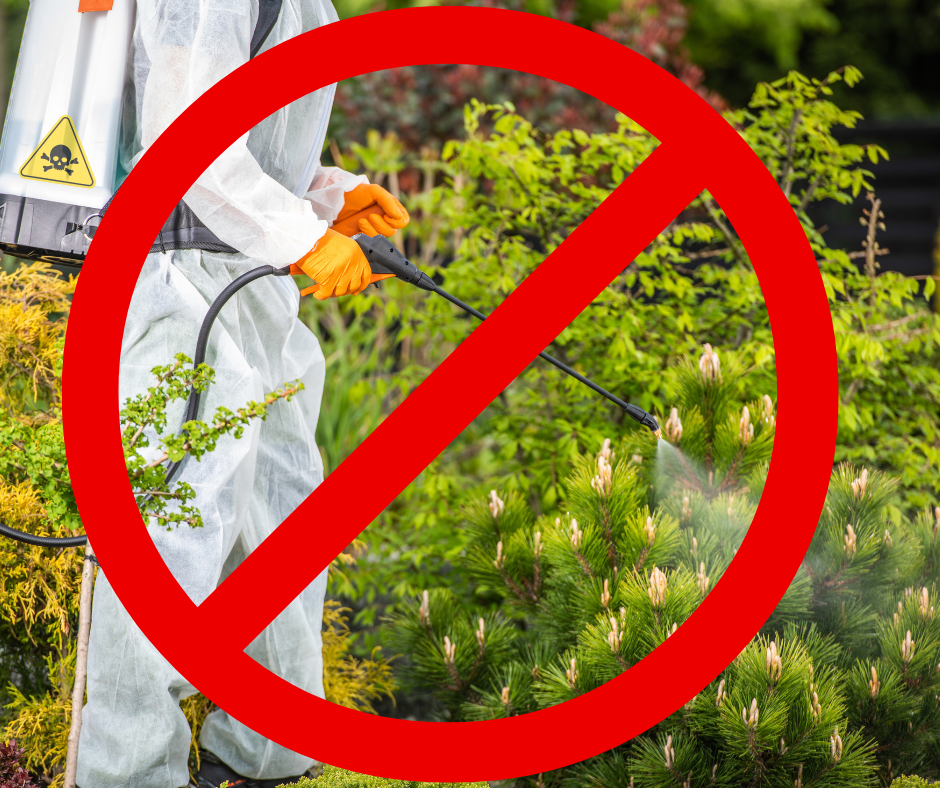
- Algae control: If algae blooms occur, identify the cause. Remove some of the algae, but not all of it, to maintain the pond’s balance.
- Using excess plants: Use excess plants as mulch for your crops. Cattails are particularly effective for this.
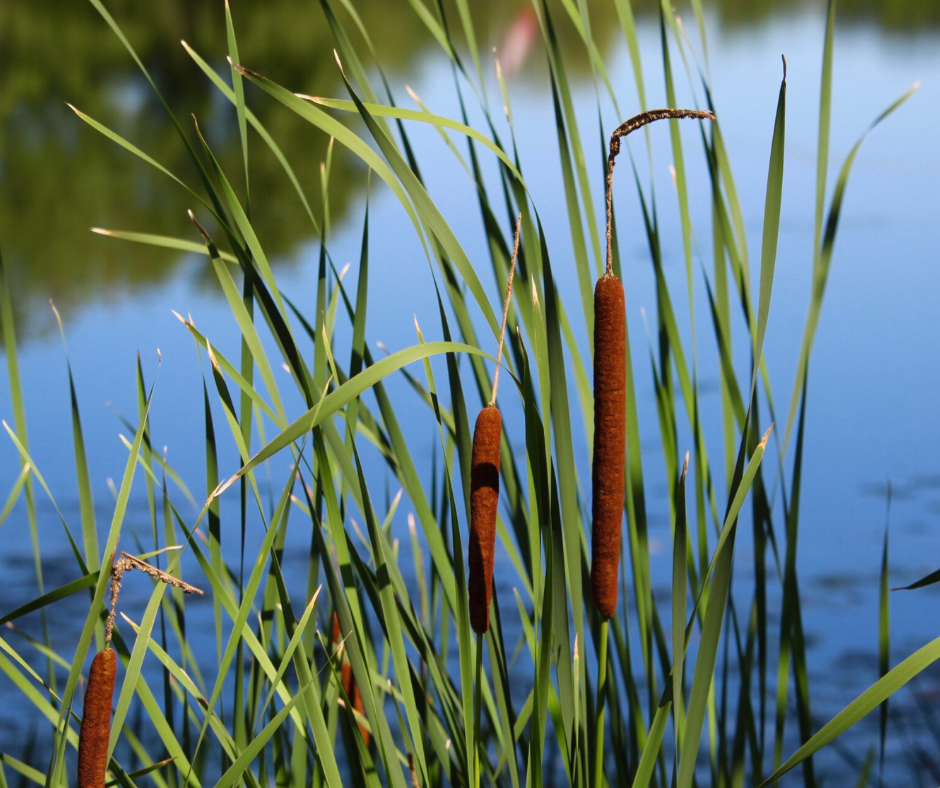
- Regular checks: Make sure everything’s running smoothly by monitoring algae levels, plant growth and water quality. In particular, check nitrite, ammonia, nitrate and pH levels using strip tests or colorimetric tests.
- Work between October and February: To avoid disrupting spring and summer breeding, pond maintenance is generally carried out between October and February.
- Tolerance of dry periods: In the event of an invasion by laughing frogs, you can dry out the pond during the egg-laying period (mid-May to mid-June). This is one of the only ways to limit the ripe frog population. This species was introduced into Switzerland by man in the 1970s for food. It is considered an invasive species, threatening native frogs and destabilizing ecosystems. Find out more about hybrid frogs and newts: unil link on hybrid frogs

These simple maintenance practices, carried out with care, help maintain a healthy, balanced ecosystem in your pond.
Conclusion
Integrating ponds into your garden offers much more than just aesthetic benefits. It’s an investment that balances your garden and promotes biodiversity, while limiting the ravages of slugs and other pests. These small aquatic ecosystems are not just water features, but invaluable allies for any nature-conscious gardener.

Article written by Axelle Müller as part of her internship to enterHépia (Geneva School of Landscape, Engineering and Architecture)
To read our latest article on building a pond

